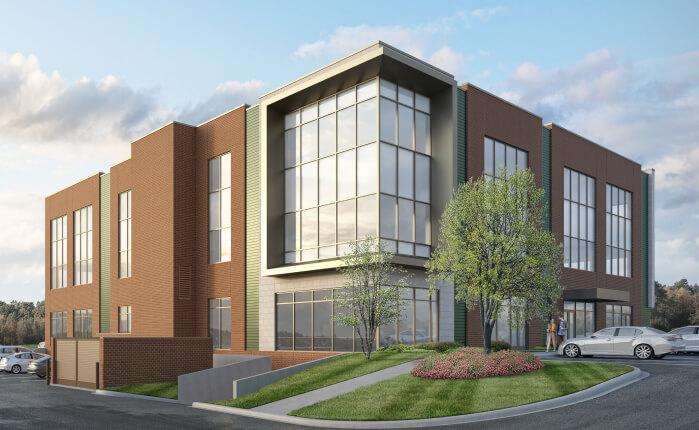Last month, a new study was published in the journal Industrial Health that spotlights construction workers who help build homes, single family dwellings, condos, townhouses, and other residential properties, as these workers are at special risk and danger of being hurt and injured while working on the job.
You can read the entire research study online here.
Residential Construction Has Special Dangers
Commercial construction is dangerous, of course. However, this new study may confirm something that many construction experts (like plaintiff’s attorneys) suspect: residential construction contractors may be more lax in protecting their workers than the bigger commercial contractors.
Residential construction workers may see less things on the job designed to keep them safe; things like written safety programs.
For instance: according to the study, residential construction workers are most likely to suffer from slip and fall work injuries (36 percent). Most of these workers were NOT wearing safety gear to protect against falls at the time that they were hurt.
Construction Workers: High Risk for Injury
According to OSHA, there are 12 deaths every day in the United States where construction workers are killed on the job from injuries they sustain in an on the job work accident. Most of these construction workers (working either in commercial or residential builds) died because of a fall (slip and fall, or trip and fall).
Falls are the number one cause of death in construction in this country. The other three most common causes of construction death (commercial and residential) are:
- Struck by Object
- Electrocutions
- Caught-in/between.
There has been a decrease in commercial construction fatalities in the United States in recent years, which is a good thing. However, as the recent study suggests, the dangers to residential construction workers for on the job work injuries remains high.
From the Centers for Disease Control (CDC):
Construction workers incurred the most fatal injuries of any industry in the private sector in 2009, but this number declined in both 2009 (by 16%) and 2008 (by 19%). With this decrease, private sector construction fatalities are down by more than a third overall since peaking in 2006. Economic conditions may explain much of this decline – the total hours worked in construction also went down 17 per cent in 2009 and 10 per cent the year before.
These decreases were more pronounced in some construction subgroups. Fatal injuries involving workers in the construction of buildings, for example, were down more than a quarter (27%) from 2008, with most of the decrease occurring in nonresidential building construction (down 44%). Fatalities in heavy and civil engineering construction were down 12 per cent, and the subsector with the largest number of fatal work injuries – specialty trade contractors – had 16 per cent fewer fatalities in 2009 than in 2008.
Construction Workers and Legal Justice
In the United States, workers compensation laws are on the books to protect workers who are hurt on the job. However, justice may demand that workers who are seriously injured or killed while working a construction job look to other legal remedies other than workers’ compensation. Experienced personal injury lawyers will be able to assess these situations to determine what legal remedies apply to the worker’s case.


